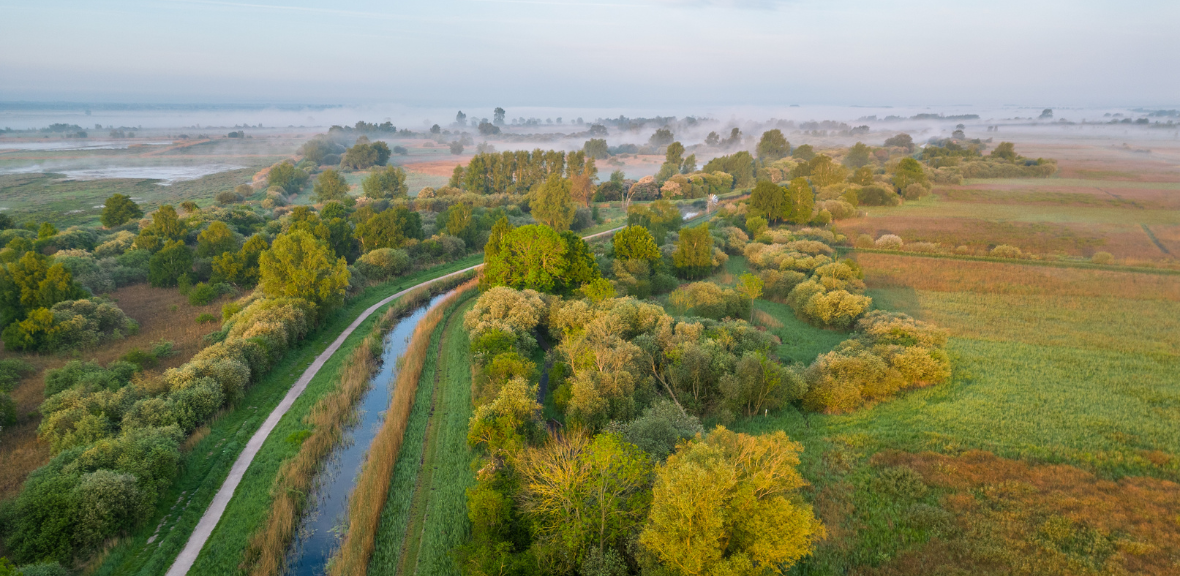
Photo Credit Glynis Pierson
New Report: Understanding Land Management in the East Anglian Fens
In 2024, the CLR conducted a survey of 72 landholdings (8 nature reserves and 64 farm businesses) across the East Anglian Fens for the 2021–22 farming season.
The aim was to gather detailed data on current land management practices, costs, revenues, and employment, and to better understand how farmers interact with the landscape — to inform wider discussions around farming systems, food security, and the transition to a more sustainable and resilient future.
“The value of this work lies entirely in the insights generously shared by those who manage the land. We are deeply grateful for their time, experience, and knowledge.”
— Dr Rekha Bhangaonkar, Lead Researcher
Survey results will inform research across the CLR which will consider the landscape’s cultural, social, and ecological significance, as well as its contribution to food production and the wider economy.
It is important to note that the data presented here represents a sample in a specific timeframe. It should not be interpreted as a comprehensive representation of the entire region year after year. Instead, it provides a snapshot that helps illuminate wider trends.
Link To Full Report
Key Insights
These insights are drawn from the 72 landholdings surveyed, reflecting the diversity of farming, land use, businesses, employment, and policy engagement across the Fens.
- 52% of the total farmland was producing food, 28% produced animal feed, 6% produced crops to be used for bioenergy, and 12% produced other items.
- 61% have at least one additional business, most commonly building rentals, tourism, catering or land leasing. Food processing and sales brought in the most income, followed by tourism and land leasing.
- 90% of arable farms used at least one practice that would form part of a regenerative agriculture system.
- 60% reported participation in at least one agri-environment scheme. All the nature reserves participated in Higher Level Stewardship.
Landholders’ Views
We asked landholders what influences their decisions around agri-environment schemes. They told us financial incentives, scheme flexibility, and environmental benefits were key motivations — while complex applications, poor IT systems, and lack of clear information were major barriers. One participant remarked,
“Incentives should outweigh the risk of making the change.”
What’s Next?
The data will inform future CLR research and we will share more insights in due course. We look forward to discussing these with the community of those who live and work in the Fens.
We greatly appreciate the participation, time, and knowledge of the survey participants.
For more information contact us at clr_admin@plantsci.cam.ac.uk.
